When I started my photography journey in 2016, Leica was this mythical and mysterious thing, far out of reach, and of no concern for a newbie hobbyist like me. It was a bit like what a Ferrari is to a Honda owner, something interesting, intriguing, but so extravagant, that it really serves no purpose besides fantasy. To some, owning a Leica is a target, as a reward for some accomplishment in life. For me, I didn’t know anything about Leica and didn’t care; it had no meaning or relevance, and the brand didn’t pique my interest.


That was until I started to get a bit deeper into learning photography and came across articles that talked about how Leica was the inventor of the 35MM film format and the compact cameras that this enabled. The very Fujifilm camera I held in my hand at the time, could trace its shape and size back to the handiwork and innovation of Leica. My interest was now well and truly piqued, but I still didn’t have a handle on the differences between the Leica M vs. SL vs. Q.
Stage 1: Leica Q Titanium

It may seem blasphemous that a photography enthusiast didn’t know what a Leica M stood for, but part of sharing my journey with you is to be honest and candid about the learning along this journey. It really wasn’t until I saw a Leica advertisement for the Leica Q that I got really interested in the brand and potentially acquiring one. This was in 2017, and while doing research, I came across an incredible Leica photographer by the name of Jonathan Slack.
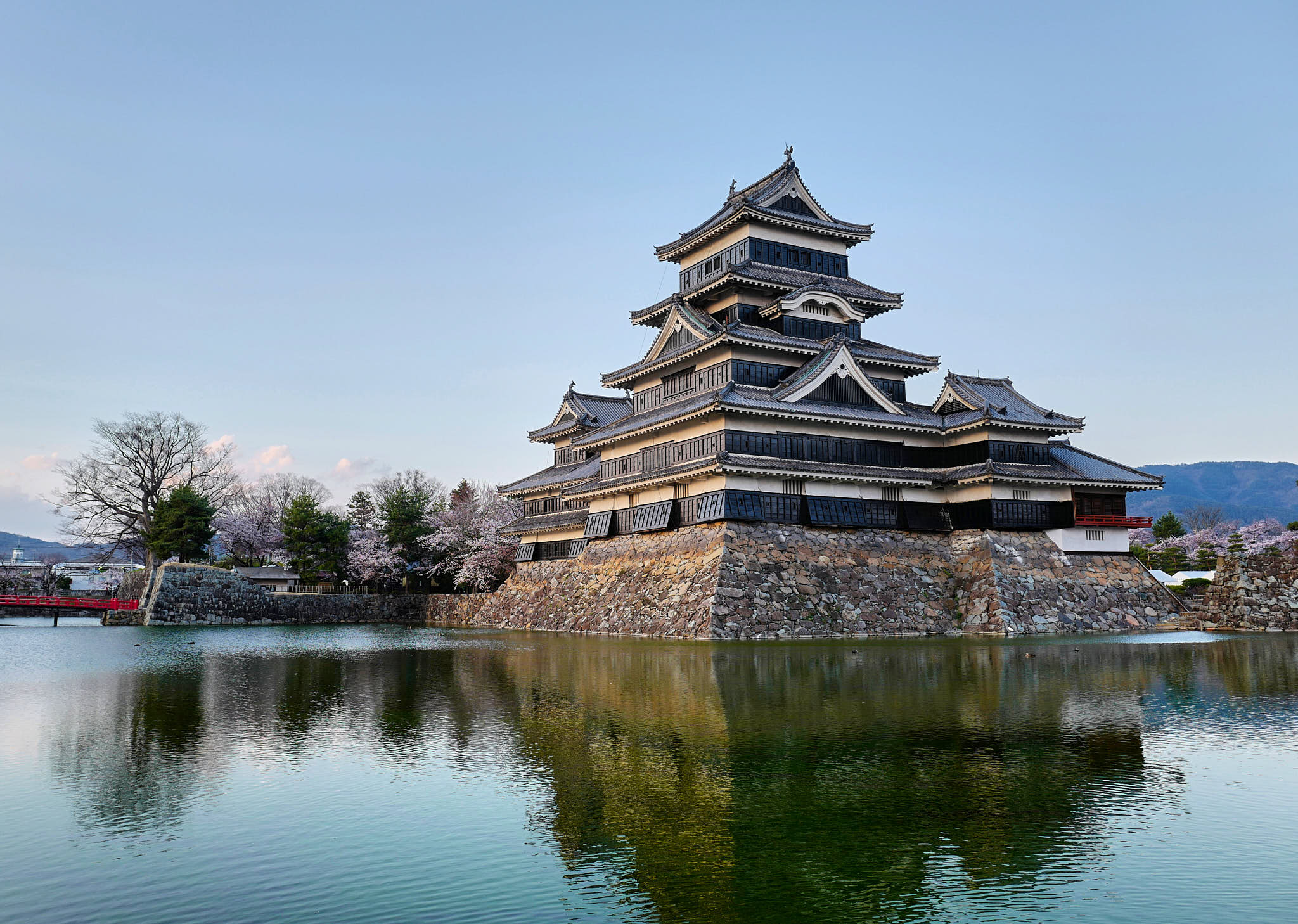

His images were stunning, with light dancing around the image in a way I had not seen before. As is often the case, when you’re young in a hobby, I thought the camera would help me get those kind of images, so I started to research more and more about the Q. While I had no specific timeline or plan to buy one, Leica pushed me over the edge with the release of the Q Titanium.
Leica pushed me over the edge with the release of the Q Titanium. This gorgeous camera pulled at my heart strings like no other.
This gorgeous camera pulled at my heart strings like no other. It was everything that I wanted upgraded in my Fujifilm X-Pro2, wrapped tightly under that red logo. It had the beautiful switchgear, sturdy build quality, incredible image quality right from F1.7 and that Leica feeling that the camera was hewn from a solid block of metal.


I bought the Q Titanium in late 2016 for HK$34,000 (US$4,350) in Hong Kong and took it all over the world. I loved the quiet leaf shutter, the incredible detail of the “Summilux” lens, the saturated colours and the build quality. I didn’t however love how big the camera actually was in real life, as it wasn’t much smaller than my interchangeable lens Fujifilm X-Pro2. I also didn’t love the sensor, which had close to zero highlight recovery; getting exposure right meant the difference between a keeper and a throw away image. I also didn’t like how much distortion correction was being applied in the RAW convertor around the edges of the images.
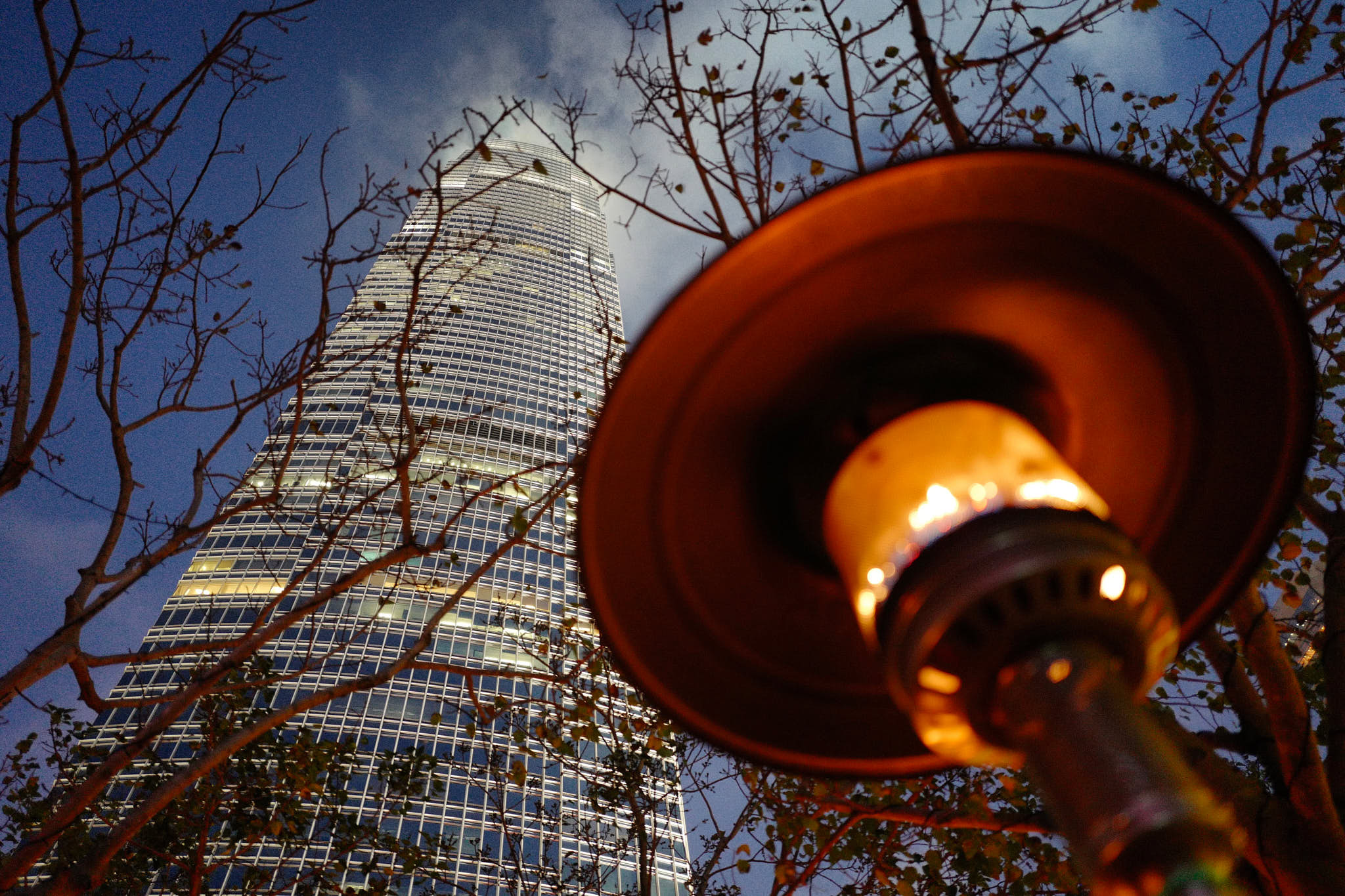

Stage 2: Leica M10

I found myself rarely taking the Q out and instead using the X-Pro2 with the tiny XF23 F2 lens. Every time I used the X-Pro2, I missed the rock solid feel of the Leica. Shortly after acquiring the Q, Leica released the M10, a camera that took the brand back to its roots with a slim retro camera with no video capability. I thought the price was ridiculous and that only ignorant people would pay that kind of money for a 24MP camera with manual focus.
I thought the price was ridiculous and that only ignorant people would pay that kind of money for a 24MP camera with manual focus.
After many months of not using the Q, I decided to sell it to a co-worker who was lusting over it. I sold it to him at fair market value which at the time was HK$25,500 (US$3,300), retaining 75% of its value. Interestingly, if my co-worker were to sell it today, the market price is now HK$31,000 (US$4,100). It seems the special editions, even being digital, still hold their value better than you’d expect.


With the Q sold, I couldn’t get over the Leica itch and wanted to try my hand at the SL. I had never held one in hand so I headed over to my favourite Leica dealer in Hong Kong and played around with it. While the camera felt incredibly robust, it was huge and heavy. Furthermore, the lenses were even bigger and heavier than anything I wanted to carry around (ironic considering I now routinely carry around a GFX system!). With the SL written off, the dealer told me to try out the M262 he had in stock (all the M10s were sold out for months he told me). I was embarrassed to admit that I had never tried or understood rangefinder focusing so I needed his help to take my first image.

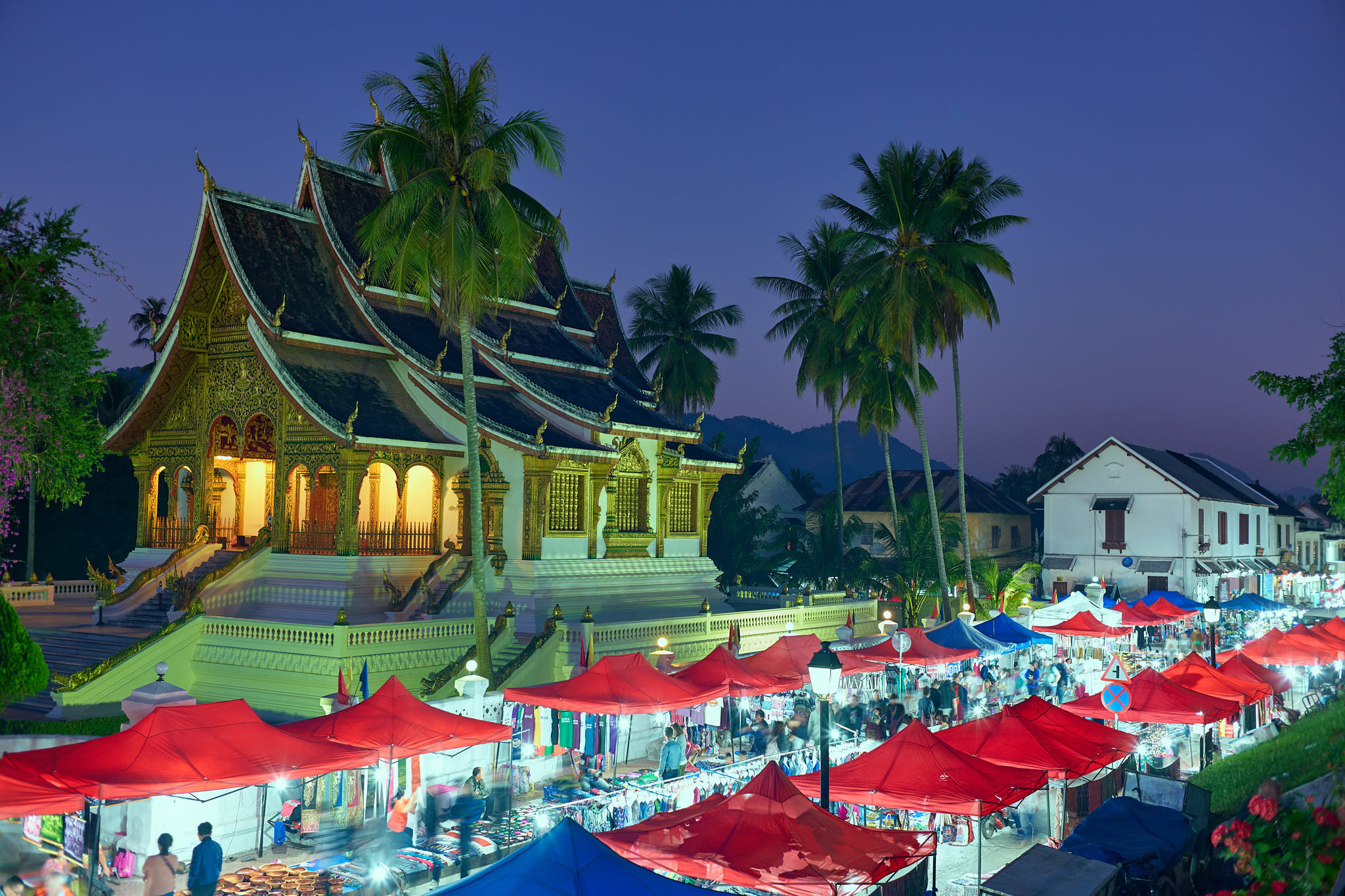
While I wasn’t immediately smitten by the M, the shop shared that they hold their value reasonably well and have a fairly liquid market for resale; I was encouraged to try it out, and if I didn’t like the experience, I could sell it and not lose too much money. I placed the order in March 2017 and it was delivered an agonizing three months later, the night before a trip to Vietnam! Along with the M10, I also ordered a 35MM F.14 Summilux FLE, a lens that many Leica diehards consider to be legendary. I actually did a 35MM lens comparison that included this lens.


The Summilux FLE deserves a paragraph on its own. When looking at it for its raw performance, it’s not able to keep up with the latest offerings from Sony GM, Canon, Nikon, Fujifilm, and Leica’s own SL line. However, when taking size and weight into consideration, it transforms into a remarkable feat of engineering and capability. The lens also has this incredible ability to produce images that look like they’re from a medium format camera. I believe this is due to how Leica has engineered the in-focus area to out-of-focus area transition. Peter Karbe talks about this extensively in these excellent videos:
Stage 3: Learning Rangefinder Focusing
A local Leica trader told me that M cameras have a unique resell curve compared to Q, SL or other brand cameras. The resell curve is U shaped, with about 40% of buyers looking to sell or trade their M cameras within the first three months, 40% looking to upgrade in 4-5 years and the remaining 10% who keep the camera for longer. In comparison, other cameras tend to have very low resell in the first three months at <5% and then >50% when a new model comes out in 2-4 year’s time.


I now realize this was the trader’s way of saying, “this style of shooting is not going to be fun or easy at first, but stick with it and you’ll eventually enjoy the experience”. At the time, I didn’t quite understand why he was mentioning this, but I soon became intimately familiar with the immense frustration that comes from learning how to focus and expose with a rangefinder.
I soon became familiar with the immense frustration that comes with learning how to focus and expose with a rangefinder.
Images that took no effort at all with a Fujifilm camera, suddenly became highly technical, requiring manual input for focusing, ISO, Shutter Speed and Aperture. Many, many images on that first trip to Vietnam were thrown away because I didn’t know what I was doing. I was considering becoming one of those 40% that sells their M within the first few months.
Upon returning from the vacation, I spent an inordinate amount of time watching videos on rangefinder focusing and how to become acquainted with it. This short video helped a lot and there are now updated videos from Leica that also provide great tips and techniques. One of the most important tips is to rock your body back and forth slightly once the focus patch is lined up, so that you can ensure you have the maximum contrast in the patch. This small technique helped improve my focus hit rate dramatically.
Stage 4: Learning Subject Exposure
There’s a certain magic to Leica images that are hard to describe. When I first started using the M, I would get these incredibly artsy looking images that I wasn’t sure how I created. When I’d post an image on Instagram or facebook, friends would say that the image looked “cinematic”, and so I went on a quest to identify why the camera was making images that looked more interesting given that the human behind the camera hadn’t changed.
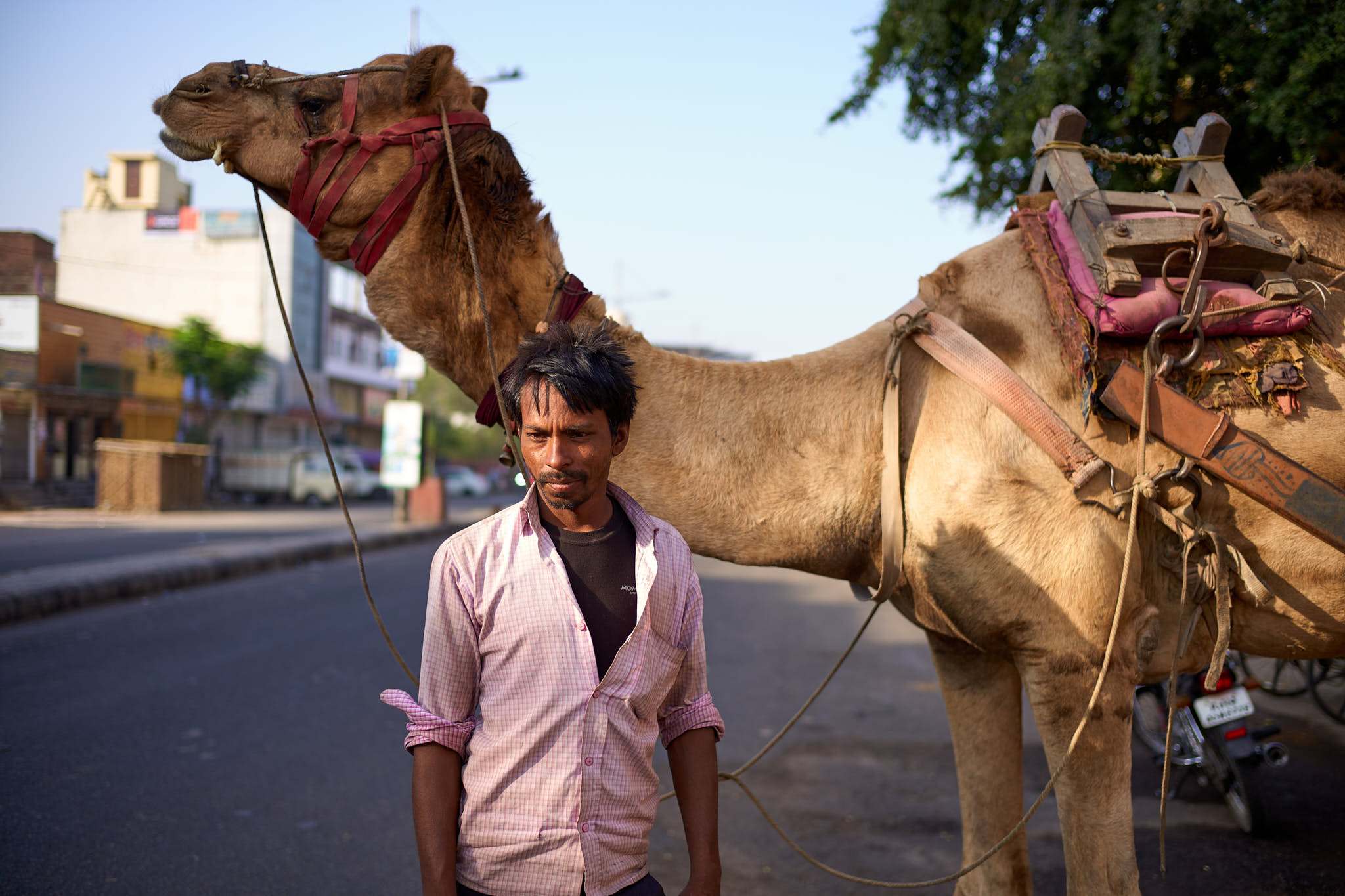
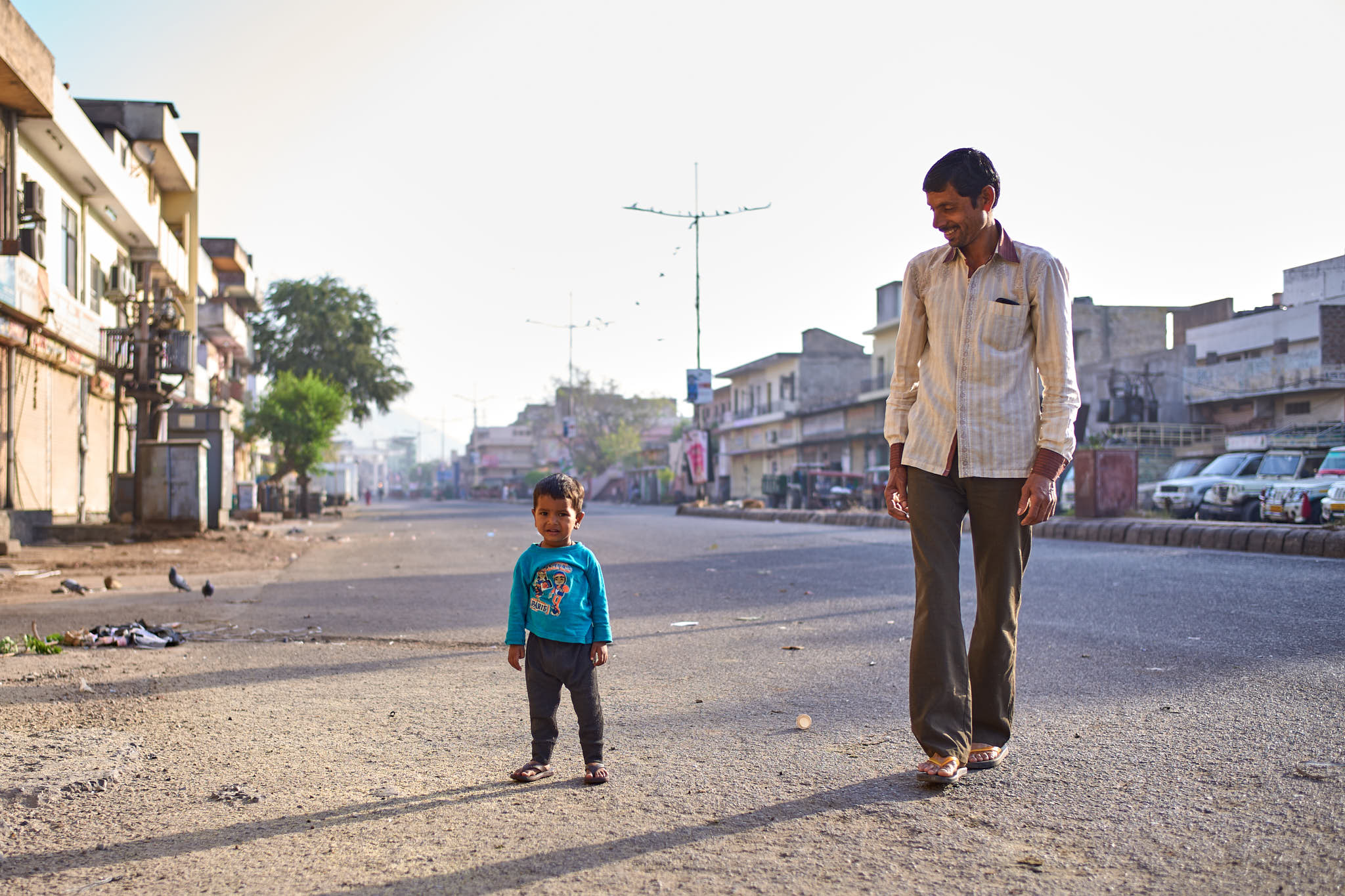
I prescribe this cinematic look to how the M cameras determine image exposure. Most if not all modern digital cameras use some form of intelligent metering, often called “Multi-metering” or “Matrix-metering”. They all have a similar target, to take the full image into consideration and try to achieve an average of 18% grey. You can test this for yourself by taking an image of a white paper and a black paper and seeing how the camera represents each image. Both will be the same 18% grey.
The M does it differently (although the specification sheet for the new M11 says that it’s also going to an on-sensor intelligent metering system) in that it measures the light hitting the shutter curtain in the centre of the rangefinder patch. Since you focus using the patch and lock the exposure by half pressing the shutter when on the patch, the subject you’re trying to get into focus, will also be what the camera uses to expose the image. This can create some dramatic images if the subject is bright and the rest of the scene is dark.

To an experienced photographer, the above will have them chuckling at my naivety and inexperience, but it was a big lesson on how to expose for the subject, something I had not seen or learned before. To this day, when I use modern digital cameras, I tend to underexpose the subject in order to maintain average brightness across the scene. It’s a hard lesson to implement because it’s so tempting to use the full dynamic range of the camera. However, time and time again, when I force myself to expose for the subject, the image results in something more interesting, more mysterious, while perhaps not being technically perfect with crushed blacks or burnt highlights. A master at exposure is Jonas Rask, who uses light and exposure in a way that creates magical images.
Stage 5: Engineered for Everyday Use
With such a large expense hanging around my neck, I felt intimidated to take the camera out much. With time, I started to use the camera everyday and took it out to dinners, picnics, hikes, and many, many travel destinations. I took the camera to impoverished areas, developing countries, down dark alleys, to the top of mountain peaks, and out into the ocean to capture sunsets. I realized that this camera can take it all, and nobody cares that it’s a Leica.
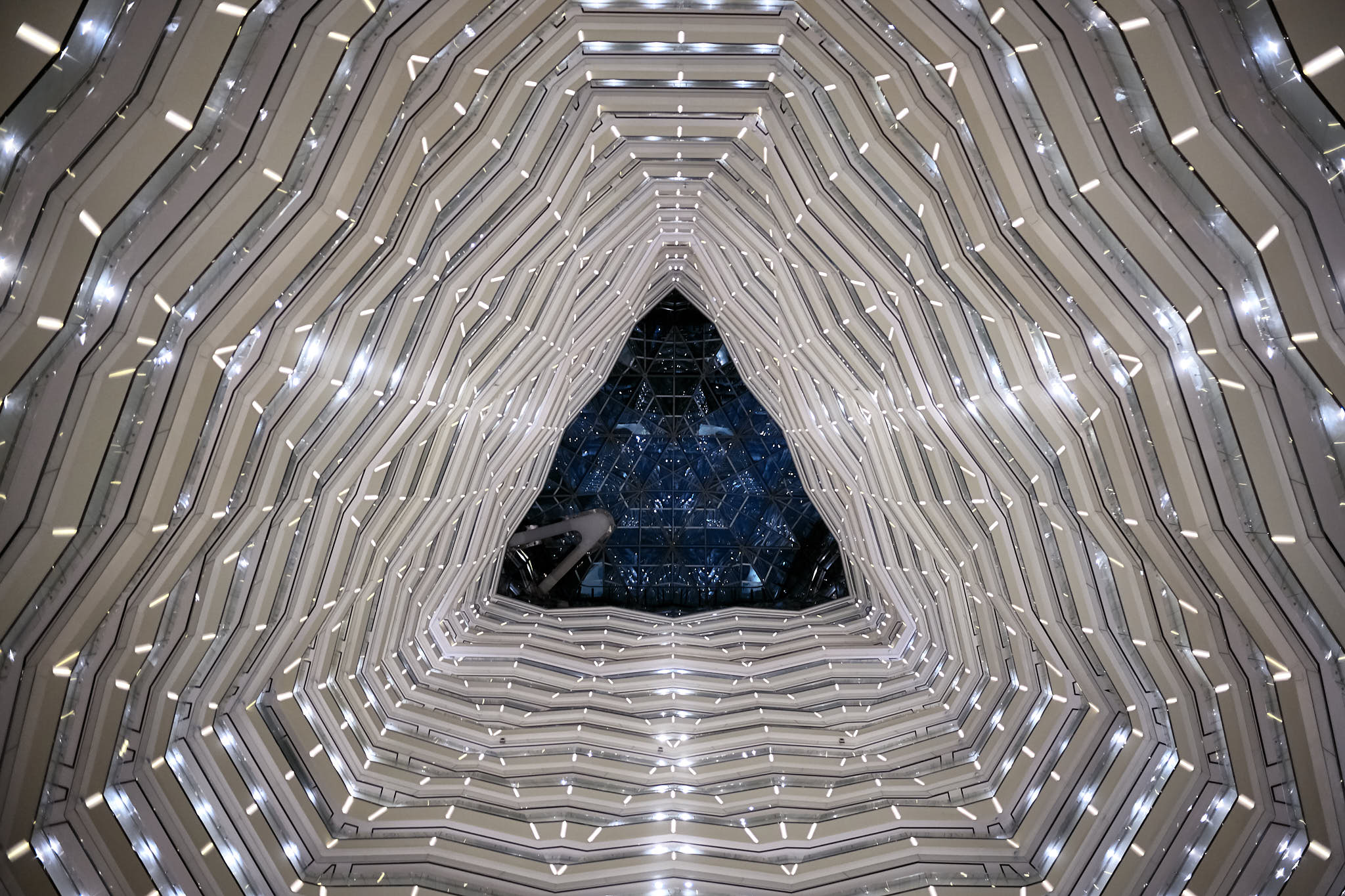
The only times that people approached me about the camera were to tell me how beautiful it is, to ask if it’s a film camera, or more often than not, to share that they’re also an M owner and wanted to chat about photography.
Stage 6: Friendships by Leica
No matter whether it be standing in front of the Taj Mahal in Agra, India, or at a dock in Hoi’an Vietnam, or walking along a medieval alley in Sienna, Italy, or even on a ferry near my hometown of Vancouver, Canada, there was always another M owner nearby that would come over to say “nice camera, I have one too”.
These brief interactions led to many new friendships made around the world, many local beers and wines consumed, and many tips provided on where to go.
These brief interactions led to many new friendships made around the world, many local beers and wines consumed, and many tips provided on where to go for great local food, drinks, and photography locations. No other camera I own has this kind of reaction, and it’s one of the best attributes of owning a Leica M camera.
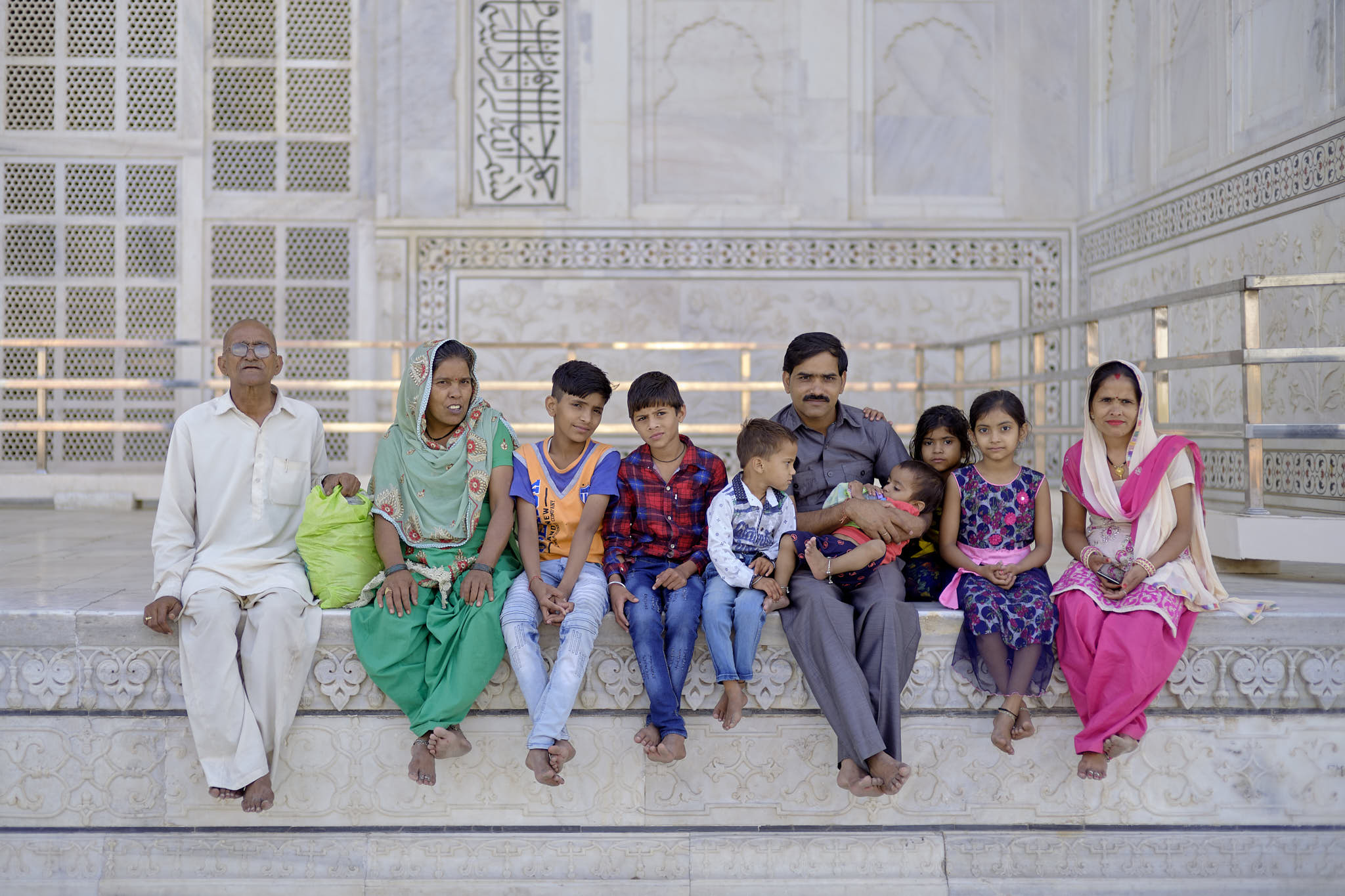

Stage 7: Accepting, Understanding and Explaining
Nobody likes to admit when they’re wrong, and I’m no exception. When I first heard about Leica M cameras, I thought there were only two types of buyers:
- People that want to hang the camera off their neck as a status symbol.
- People that don’t want to accept the world has moved on.
I can’t say that I was 100% wrong because I’ve run into the two types above, but the vast majority I’ve come across have been very passionate about photography, open-minded, and often own a second camera from one of the major brands like Canon, Nikon, Sony or Fujifilm. More recently, M camera owners I’ve run into tend to partner their M with an SL2, given the capabilities the newer versions have.


I now find myself being one of those annoying Leica owners trying to explain to others that it’s not just an archaic fascination that conveys personal wealth, but actually a deeply satisfying experience surrounded by a passionate and diverse community. Here in Asia, it’s normal to see an M hanging off the shoulder of young women, older men, hipsters, business professionals decked out in suits, and even some teenagers from well-to-do families. It’s always fascinating to see who will come up and say hi when I have my M with me.

Stage 8: Leica M11
Thanks to the great resale value of Leica cameras, I’ve just received a new black M11. There are a number of changes to this camera that will require relearning some things. The way exposure is measured is different (full-sensor intelligent metering) than the M10 (spot metering at the rangefinder patch), the EVF/LCD experience is supposed to be greatly enhanced with a new add-on accessory with better live view performance (using an EVF is sacrilege to many traditional M users, but I’m open to it), and the electronic shutter opens new avenues of wide aperture photography without having to carry ND filters.



Conclusion
I never intended on getting onto a Leica journey, but what started off with a flirtatious and quick relationship with the Q Titanium, has turned into a full-on loving relationship with the M cameras. Like most loving relationships, it started off rocky and required lots of humility, learning and persistence to find fulfillment.
I’m really looking forward to seeing what the M11 will do; I don’t expect my photography to improve as I’m clear that my equipment is far better than I’ll ever be (see this post about why equipment doesn’t matter), but I do expect there to be new learning and new experiences ahead. For me, that’s worth the cost of admission.


For those thinking about joining the Leica journey, something that may be of interest to you is the cost of ownership over time. You may be surprised to see these numbers as the actual lifetime cost may be lower than you think, assuming you’re ok to have this amount of money tied up in a camera system:
| Price Paid | Resell Price | Value Retention | |
| Leica Q Titanium | HK$34,800 (12/2016) | HK$25,500 (06/2017) HK$31,000 (01/2021) | 73% to 89% |
| Leica M10 Silver | HK$52,800 (05/2017) | HK$32,000 (01/2021) | 61% |
| Leica 35MM Summilux F1.4 FLE | HK$29,800 (05/2017) | HK$30,000 (01/2021) | 100% |
If I were to tally up my net costs of the M10 portion of my journey, assuming I sold everything in January 2021, I would have a net cost of HK$20,600 or US$2,650. If you spread that over the 4.5 years I’ve used the system, it works out to US$50/month! I often tell people that my Leica provides good value for money because not only do I get a great camera system with high resale value, I also obtain an education in photography through the trials and tribulations of getting accustomed to using an M.
If you spread that over the 4.5 years… it works out to US$50/month! I got good value from my Leica journey because not only did I get a great camera system, I also obtained an education in photography through the trials and tribulations of getting accustomed to using an M.
I hope you’ve found this information interesting, and more importantly, I hope that it opens your mind to consider picking up and trying a Leica one day. For those of you lucky enough to be receiving an M11, I wish you many happy years with what looks to be an interesting new camera; I’ll soon share my first impressions.



Times Square Hong Kong, China; LEICA M10 35mm ISO-250 1/30sec f/2 
F’Bistronome in Beijing, China; LEICA M10 35mm ISO-8000 1/60sec f/1.4 
CCTV Tower in Beijing, China; LEICA M10 35mm ISO-1250 1/60sec f/1.4 
Citic Tower in Beijing, China; LEICA M10 35mm ISO-200 1/250sec f/1.7 
Rental bicycle in Beijing, China; LEICA M10 50mm ISO-200 1/1500sec f/1.2





Discover more from fcracer - Travel & Photography
Subscribe to get the latest posts sent to your email.




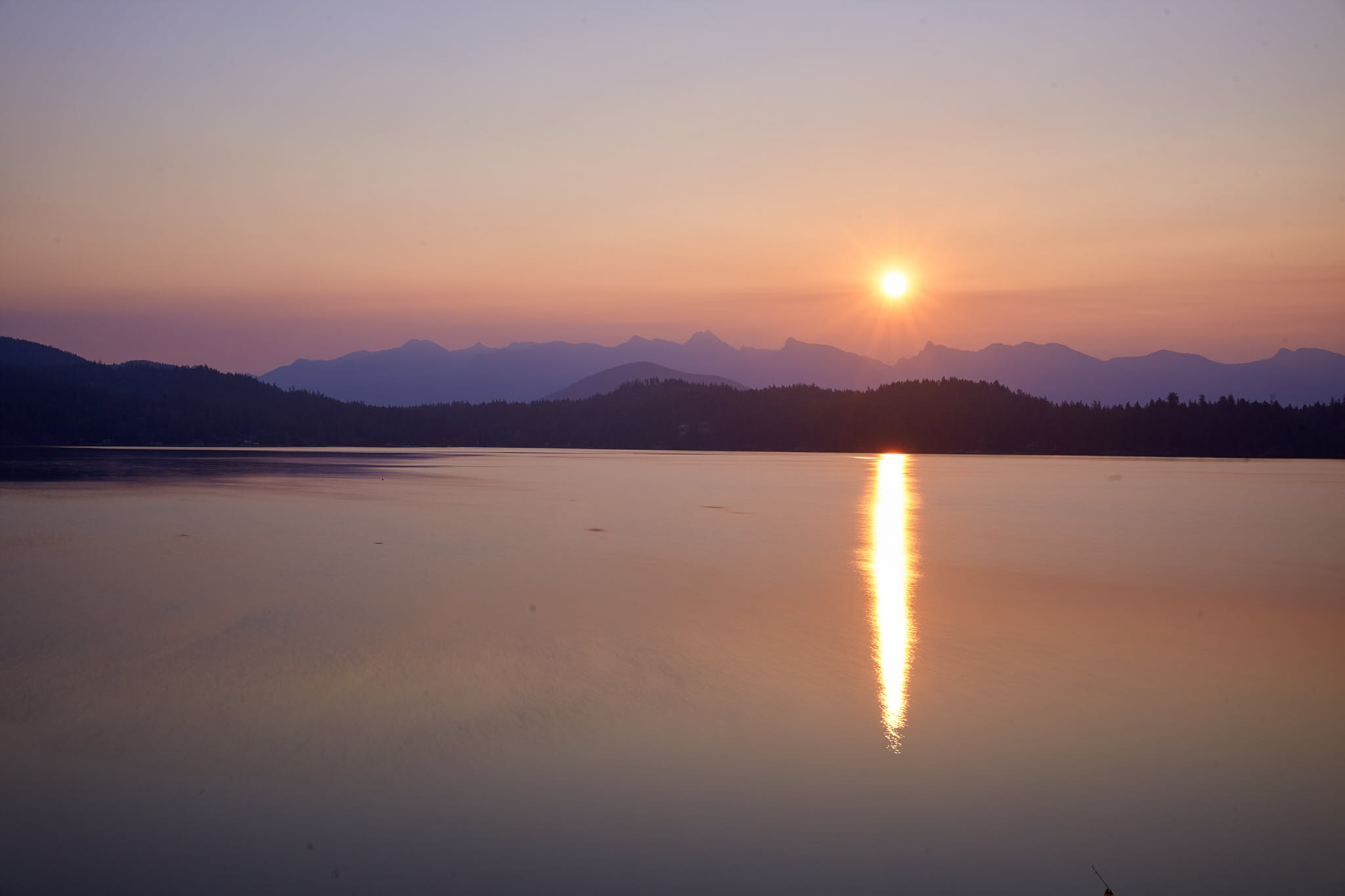






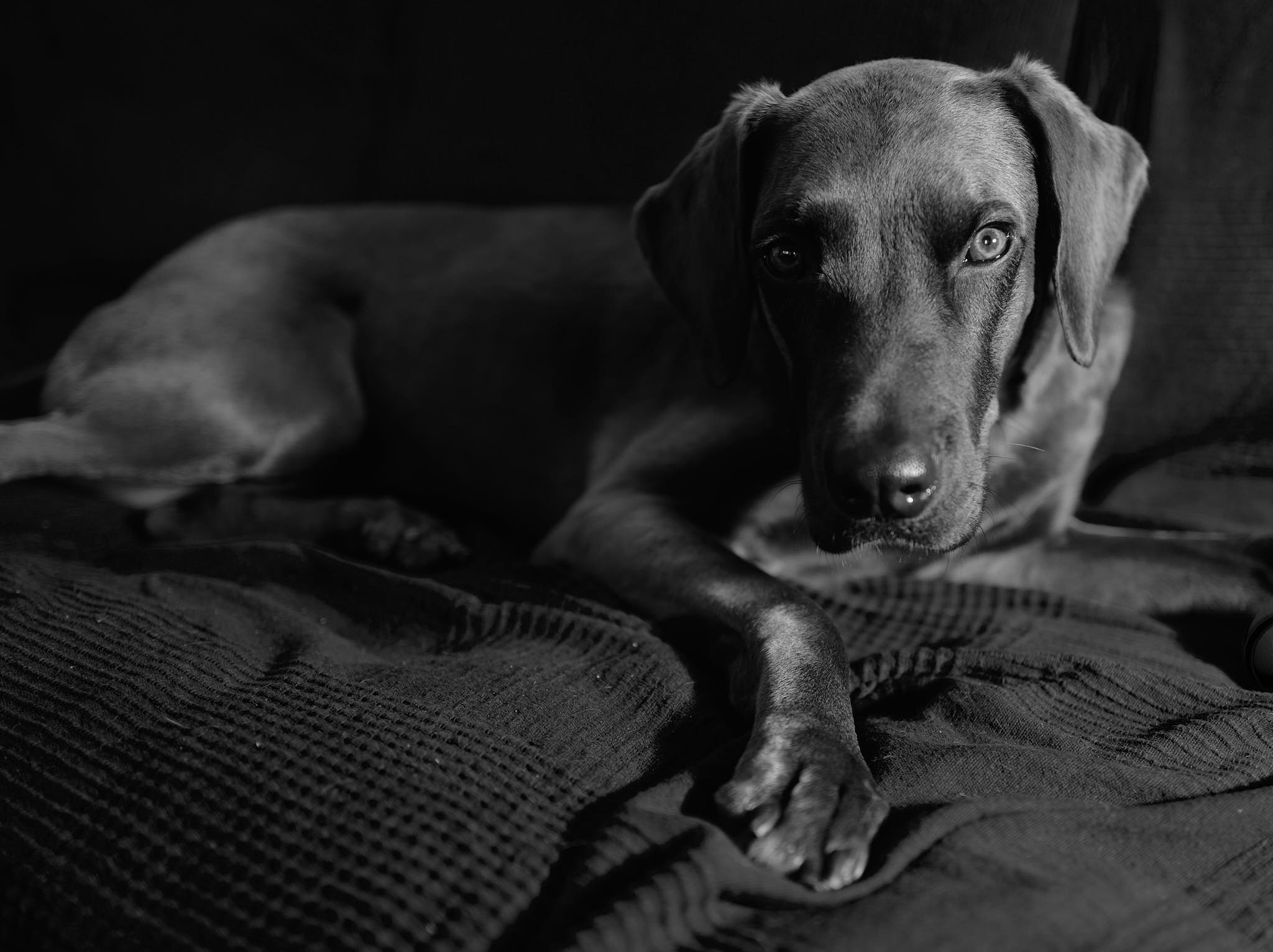


There are some fabulous images on this blog but for me, this takes the prize: “Hong Kong blue hour; LEICA M10 90mm ISO-100 4sec” – and I thought Switzerland was crowded!
Hi Stephen, thank you for the kind words, it’s notes like these that make all the effort worthwhile. The image that you like is one that I published on Unsplash in 2018. It’s by far my most popular image with more than 4.7MM views and 33,000 downloads. Because of the nature of Unsplash, this image can be found all over the world now on travel websites, brochures, and a lot of hedge fund’s and finance companies’ marketing material. I stopped putting images on Unsplash because I didn’t like the concept that my hobby could be taking away work from professional photographers. Unspash seems to have made improvements to their model since that time but I lost interest and prefer to share the images here, to an audience that feels more like an extended family. Thanks again for writing in!
This has got to be the best article I have read about Leica and the M in a very long time and I congratulate you for making it and some of the others too that I have so far read.
I really enjoyed this article and the journey you chronicled. My first camera was a Minolta SRT-101 back when they were new…so I’ve been shooting for a while. That said, your story resonated with me as I too hadn’t really given Leicas much thought until the Q came out. I ended up getting a Q2 when it came out in March 2019 and true to form, it ended up being the gateway drug into Leica-land. Earlier this year, I sold the Q2 (for 90% of my original purchase price – sound familiar?) and bought a barely used silver M10. I was so blown away by the low light performance that I ended up buying a minty SL2-S.
As much as I love shooting with the SL2-S, I almost wish I wouldn’t have bought it because it has taken time away from the much needed M rangefinder learning curve (putting in my 10,000 hours). I shot a lot with both over the holidays and thoroughly enjoyed the experience and the resulting images (and memories). Your post has pushed me in the direction I was already heading and it’s time to focus more on the M10 and mastering the RF focusing and metering quirks.
I really enjoyed your images in this post as well as others below in your galleries. You have a great eye for composition and capturing moments. I love the one of the boy jumping into the well in Jodhpur. What really makes the image work are the two kids above him, both wearing similar shades of blue bathing suits. Well seen and executed.
Enjoy your new M11!
Steve
Hi Steve, thank you for the kind words.
I’m glad that the post is inspiring you to focus more on the M10. It’s such a wonderful and soothing (albeit sometimes frustrating) experience to use the rangefinder. With the M11, I’m going to dedicate to putting a lot more effort into my photography, to improve how I use light in the images, and to try and capture more of the moment. I think the rangefinder is especially suitable for this type of photography.
The water well image was an interesting one. I had to set everything manually to try and capture the boys jumping at the right moment. For this type of image, the optical rangefinder was again a great asset. I worry if the M11 will be able to capture a similar image, given that the shutter feels (at least subjectively) more laggy than the razor sharp M10 shutter. Time will tell as I put some miles on the new camera 🙂
Take care and please keep in touch.
I ordered a black m11 from B&H. I have *zero* idea when it will come. I ordered the APO 35mm Summicron at the same time and that also seems to be in short supply due to popularity. I could be a have a camera without a lens or vice versa for a while! Haha. I agonized a bit about lens choice and 35mm vs 50mm in particular. I prefer the silver, aesthetically, which is usually most important for me. However, I want this to be an everyday carry sort of camera too so I can practice with the focusing. I know myself…and I prefer light especially around my neck. I live in Texas and in the summer, it’s so hot for a backpack or camera bag…too much sweat!
Your article has really inspired me to think about working on a “photo essay.” I recently shot and printed my first photo book in Lightroom about the martial arts gym I belong to. I gave it as gifts this holiday. It was a lot of fun, but I miss adding the stories and details through writing. I can see now how powerful photos and words can be! Thanks again, and stay safe. -John
Hi John. I heard that the M11s are now shipping from B&H so hopefully you’ll have yours soon. I hadn’t kept up to date on Leica’s latest products and just recently started reading up on the 35MM APO. That looks like an incredible lens, perfectly made for the M11’s high resolution sensor.
I love that you’re honest about the camera’s aesthetics being important to you. It’s also very important to me and one of the reasons why I dislike using the Sony A7R4. The silver M10 I think is the epitome of camera design and looks with perfect lines and proportions. The silver M11 has one annoying visual feature which triggers my OCD; the line in the front above the leather is no longer symmetrical left and right. Once seen, it cannot be unseen 🙂
Every year, prior to COVID-19, my family would get together somewhere around the world. I’d take lots of pictures and then compile a photobook using Fundy Designer. I’d send the photobook to all the attendees after the event, and even several years later, I see them lovingly keeping the books on their coffee tables and within reach. For me, there is no better joy in photography than printing an image. The feeling of seeing it in reality is something special.
Enjoy the new M11 and let us know what you think of it when you’ve had a chance to use it!
This article is so well done. Great photos, terrific writing, and informative! Thank you for this work. I love the $50 a month calculation because I think like that as well. I’ve just ordered my first M, the new 11 and I hope to be able to have 1/125 of the fun that you seem to have had on your journey. PS My hometown is Vancouver but I haven’t lived there for over 20 years.
Hi John, thank you for writing in. I appreciate your positive feedback; it’s comments like this that keep me motivated to write these posts. I see many people read the posts, but very few write in, so I’m always thankful to hear what my readers think, whether it be good things or areas that they may disagree.
The M11 as a first M is going to be one heck of a fantastic experience. I haven’t used my new M11 much, but I can already tell the they’ve fixed a number of issues that prevented me from using the M10 even more (vastly improved highlight recovery, better auto exposure, USB charging, better battery life, and to a lesser extend, more resolution).
May I ask which colour you ordered? I initially placed my order for a silver one to continue the trend of my M10, but two reasons compelled me to change:
Vancouver is a great city, but unfortunately it’s become far too expensive. May I ask where you’ve lived for the 20 years you’ve been away from our hometown? It’s always interesting to hear about how far we spread our wings around the world 🙂
Gorgeous pictures and thanks for your thoughts in the M – been in love with them for ever but not yet owned one – your breakdown of the cost of ownership may push me over the edge not least because of the pile of my old Nikons/Fujis/Sonys that are worth next to nothing now but cost an arm and leg back in the day. Saw your comment on the GFX50 mm I and would be interested to hear your thoughts of M vs 100s. Thanks again & happy travels soon.
Hi Leo, thanks for writing in. I appreciate your kind words! The GFX100S is a totally different beast to the M10 or M11. The reality is that you’d want to have both of them in your kit rather than only one. If I was forced to choose only one, I would go for the GFX100S. It’s an astonishing camera that produces images with startling clarity.
Even after using it for nearly a year, I can’t get over how good the images look when viewed at 100% or even up to 300%. I’ve made some large prints from the 100S and you can put your nose right up to the large print, and not see any pixelation or blur. In my opinion, it’s the bargain of the photography world at the moment.
Having said all that, the GFX100S is not the type of camera you’d typically take out to a nice restaurant or when hanging out at a friend’s place. It’s also not the most discrete camera for street photography or when you want to be invisible. For that, The Leica M is king; in a similar way, I would also suggest the Fujifim X-Pro3.
The reality is that we’re spoiled for choices these days. There are so many good modern cameras on the market that it seems we’re now living in a golden age of digital photography. Happy travels Leo; may you and your loved ones stay safe and healthy during these challenging times. Please keep in touch.
Thanks for giving this Leica fence-sitter more to think about!
Life is short, come join us on the other side of the fence 🙂 My M10 may be for sale… 😉
What a great journey. You now know it is the photographer but it is nice to have great equipment. Neal
Hi Neal, hope are you keeping safe and healthy during these unusual times. It’s always nice to hear from you. Indeed, the gear has very little impact in this modern age, with even mobile phones capable of taking stunning images. I actually wrote an article about this topic where you can see the difference a good eye makes compares to better equipment. You can view the article here. Keep well my friend.